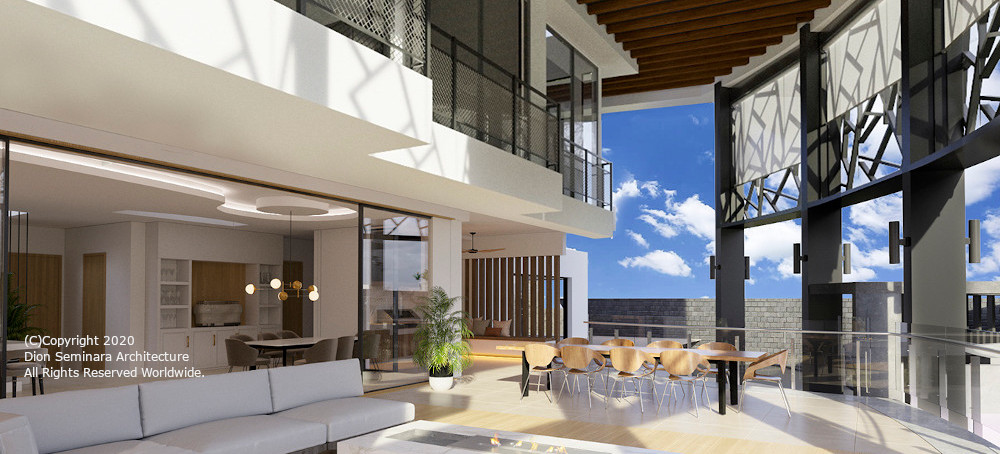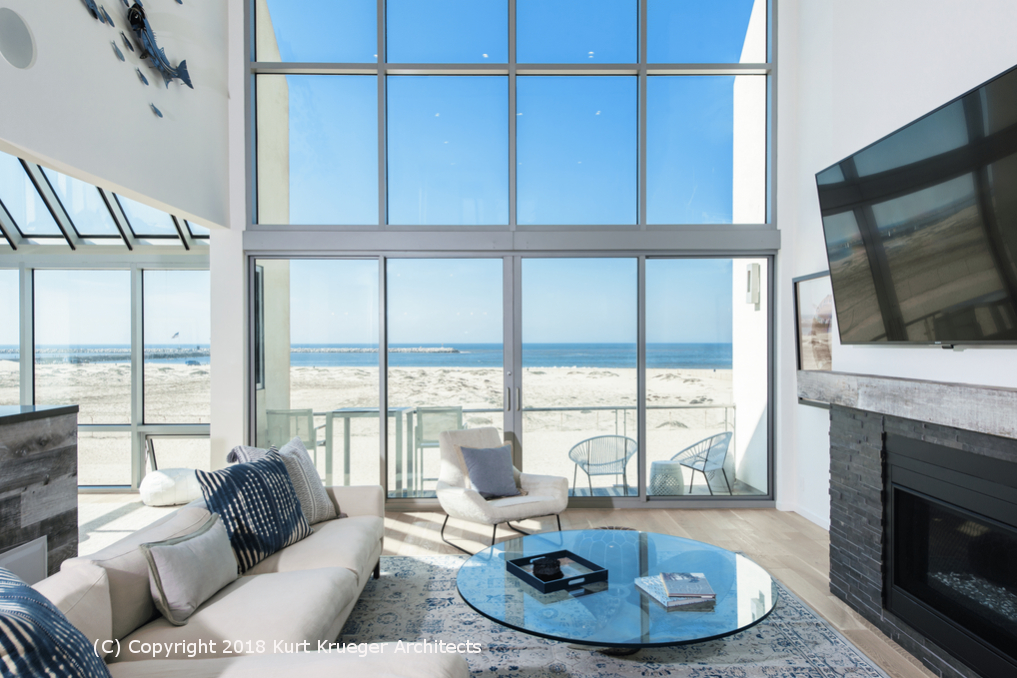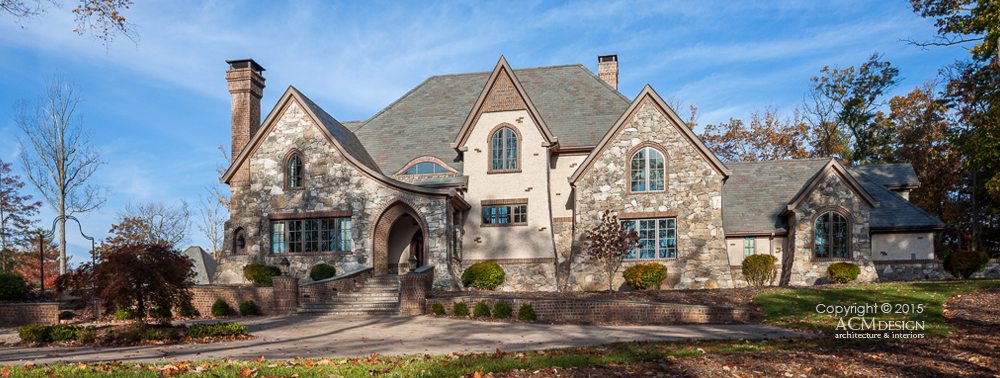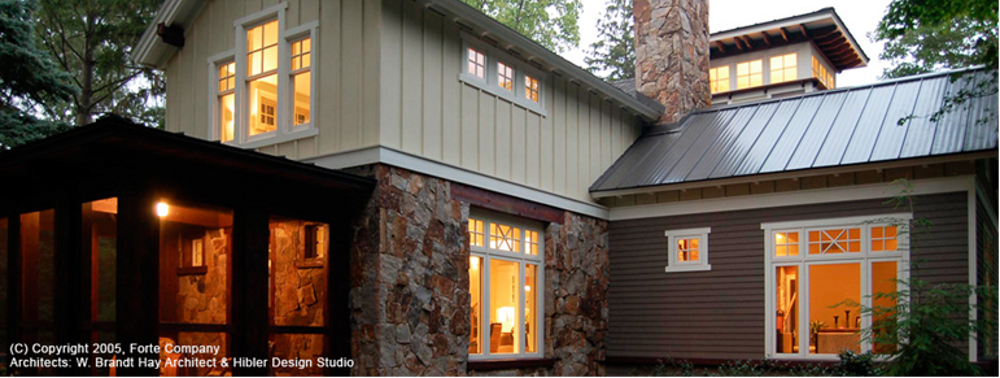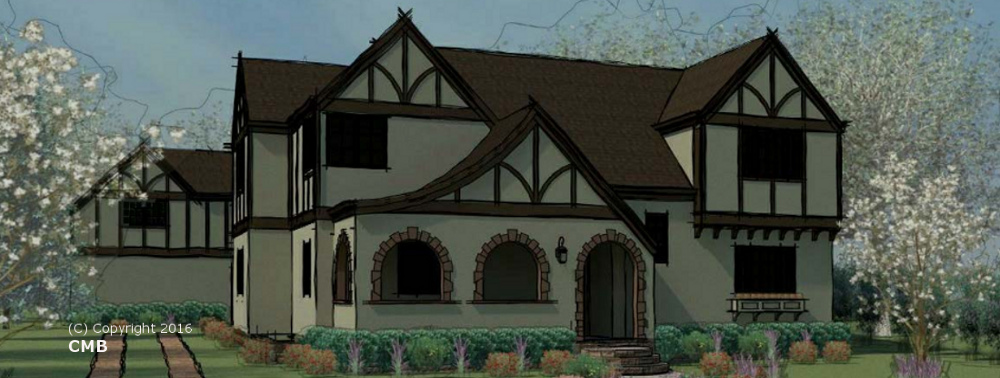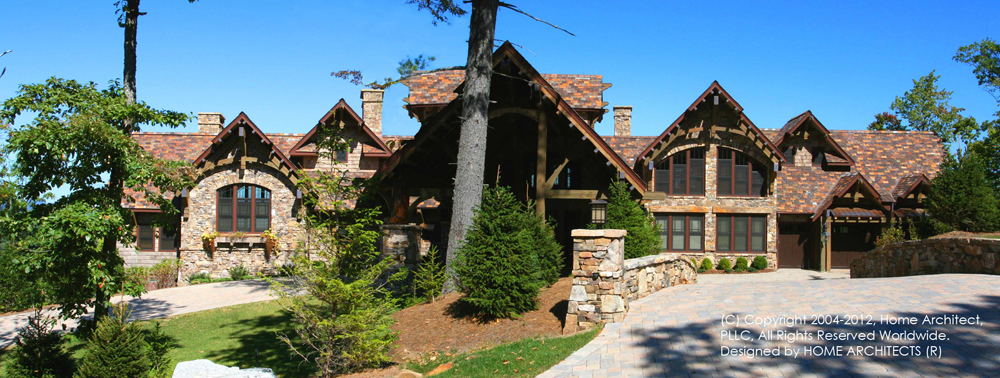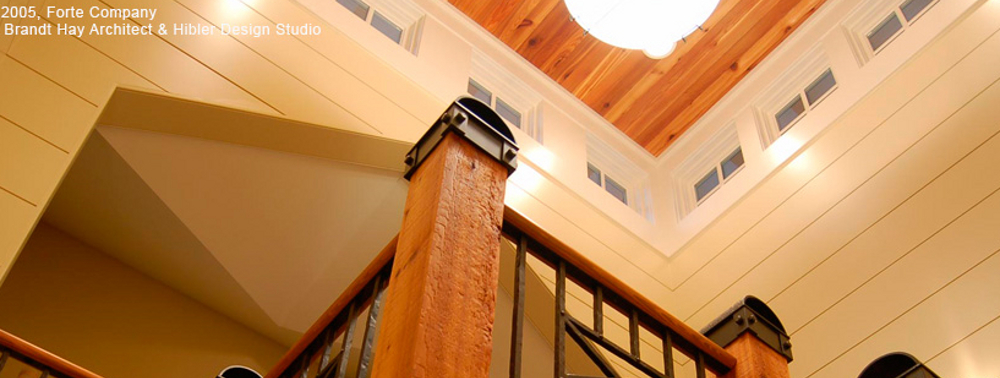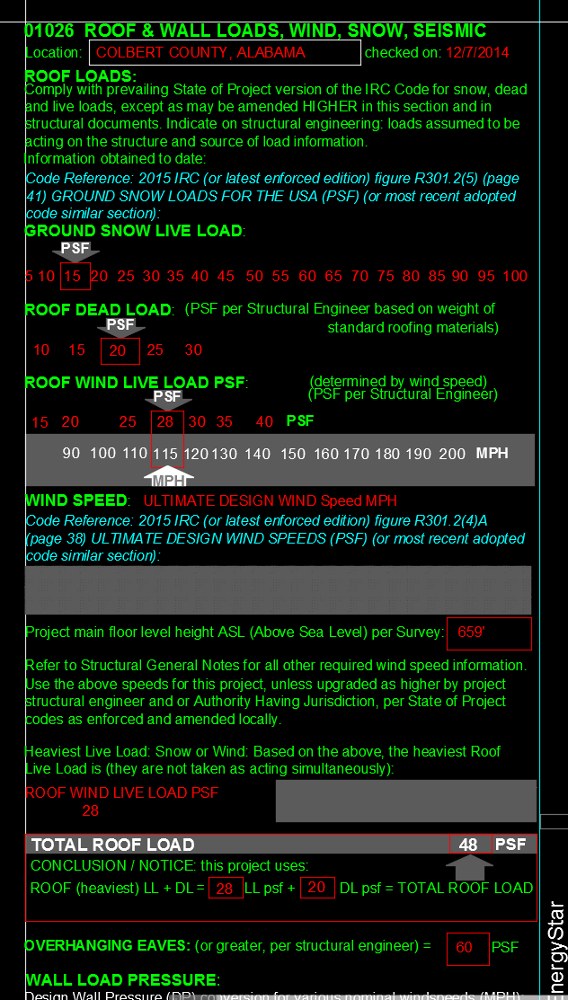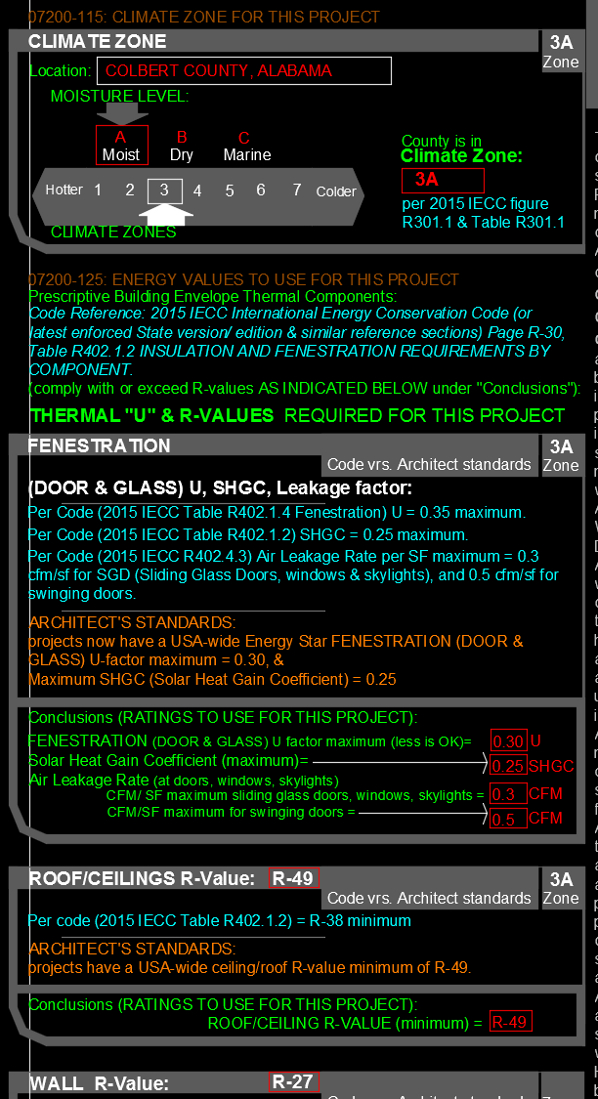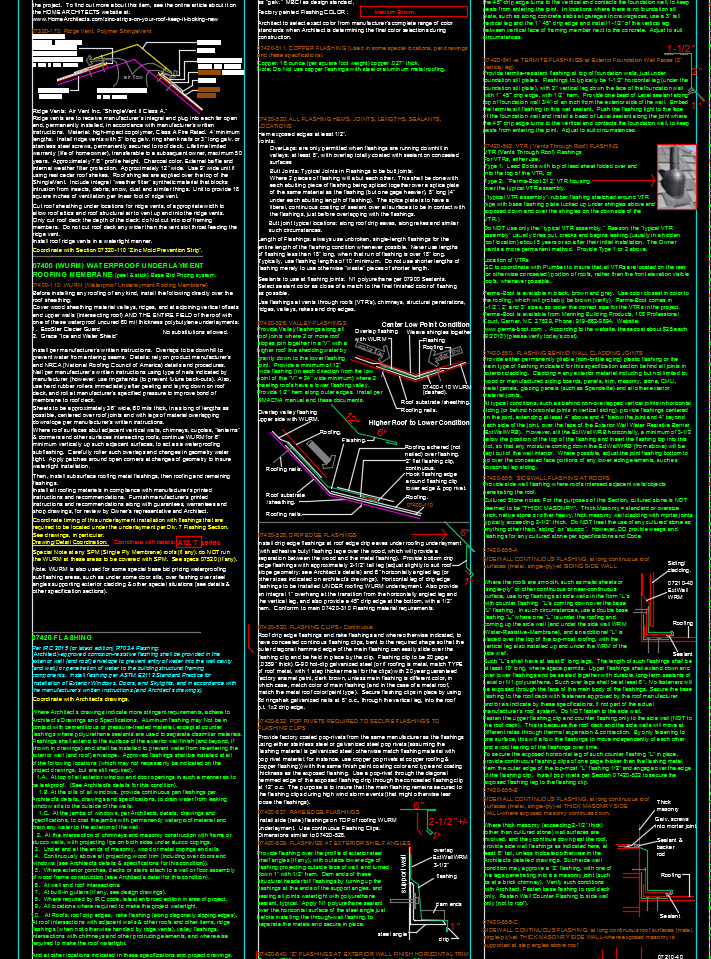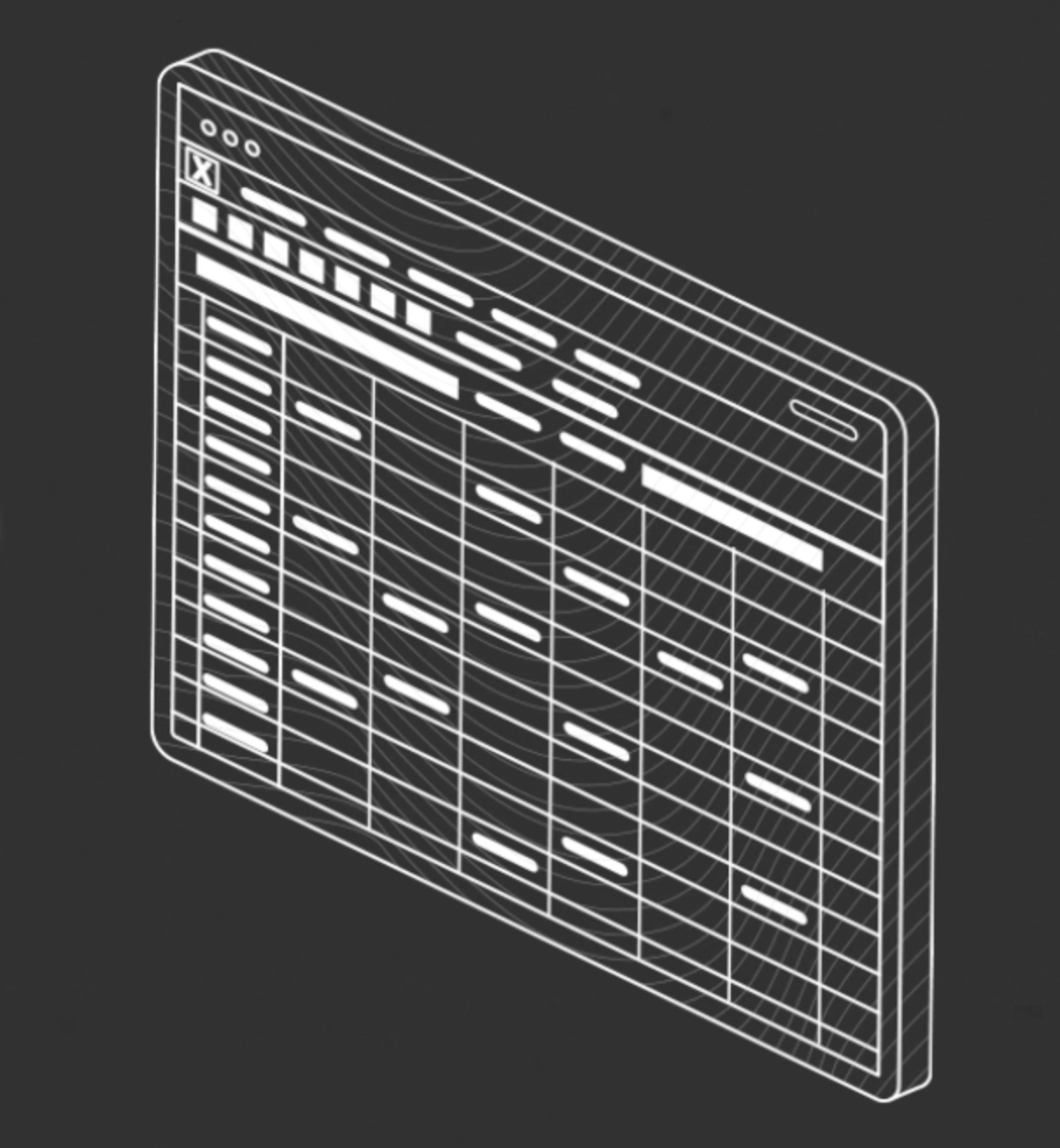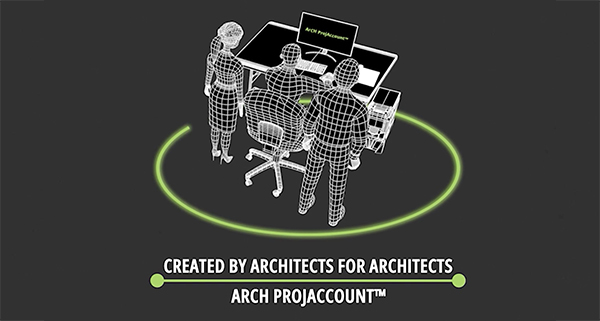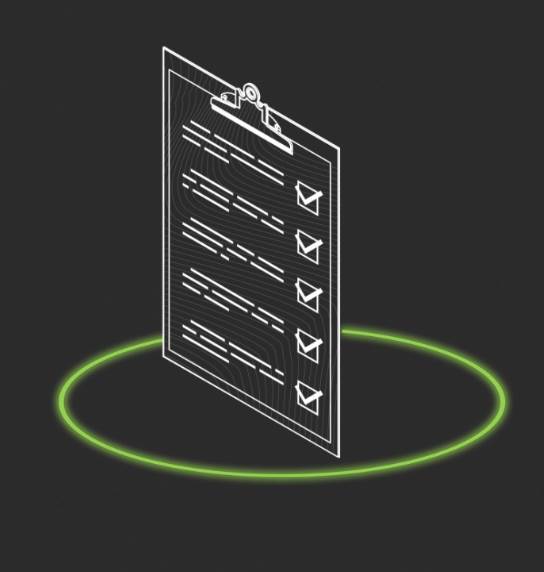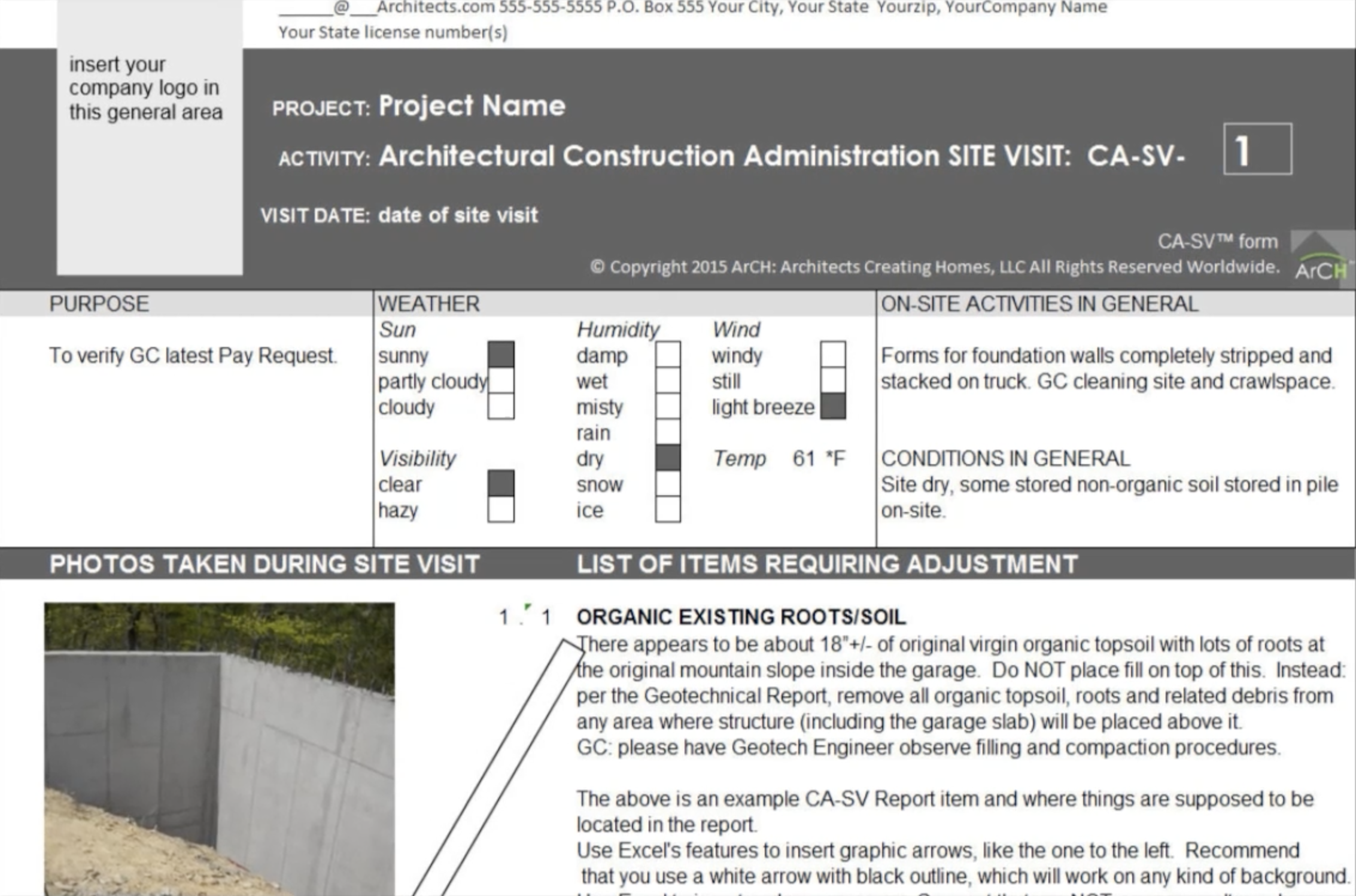Welcome to 2015. ArCH’s agenda is sort of like the Led Zepplin CD: The Song Remains the Same. There are significant programs begun in 2014 and before and those are continuing and expanding:
MEMBERSHIP: Ken Parel-Sewell, ArCH, became our Membership Manager in 2014. ArCH grew by about 1/3 in 2014 and we look forward to even better expansion in 2015.
ArCHforms & ArCHstore: These were both implemented in 2014 and we now have electronic products available. ArCH members receive substantial discounts.
ONLINE ELECTRONIC PAYMENTS: ArCH now has PayPal online payment capability.
ArCHspec: We are hoping to have this available on the ArCHstore perhaps in February 2015. Concise, 2015 code-references built in, 40 years of residential architectural knowledge, focused data entry sections with bulk of sections on auto-pilot, Time honored historic CSI 0-16 Division headings (+1 for low voltage). To the point. Special energy value declaration sections, structural load sections and much, much more. ArCHspec actually makes it less time consuming and more enjoyable to prepare specs for your residential projects. And help your Clients and improve your projects while keeping you out of trouble. ArCH member price will be substantially discounted.
ArCHdes (Design Excellence Selection): Created to recognize the quality designs of ArCH members. The ArCHdes will have unheard of categories of awards for not only architectural beauty, but also for effectiveness of solution, various residential styles, quality of CDs, quality of details, and other categories awarding ArCH member residential designs.
ArCHmag: ArCH is launching an electronic magazine in 2015, tied to the ArCHdes. Through the efforts of Ken Parel-Sewell, ArCH, Leigh Hebert, ArCH, and James Spencer, ArCH, a new website linked to the ArCH website is intended to have an e-magazine format, with ArCH member projects, advertising from manufacturers and others, and articles of interest to residential Architects and their Clients. A new edition every quarter is presently planned. Each previous edition will be automatically archived on the new e-mag website. Projects features by ArCH members will be considered for the ArCHdes awards program. This is a great way for ArCH members to gain global exposure for their projects.
CRAfts: The ArCH Certified Residential Architects focus team system is being created. Rand Soellner, ArCH, Rodney Kazenske, ArCH and Craig Isaac, ArCH have created the massive outline for this ambitious program. The idea is to convey knowledge earned through hard knocks and life experiences of seasoned residential Architects through a focused battery of CEUs and testing, culminating in the earning of the first and only global Certification of a Residential Architect. Practicing residential architecture is the most complex type of architecture in which we can engage. Finally, recognizing this, ArCH is creating the only program in the world to package critical knowledge packets into Continuing Education Units that will not only provide you with information you need to do a better job, but to also obtain your yearly learning credits for licensure. CRAfts is only available to licensed Architects. ArCH member price will be substantially discounted.
ArCHceu: Craig Isaac, ArCH and Rodney Kazenske, ArCH are working to obtain national certification for ArCH for various Continuing Education Unit programs. This has a relationship to the CRAfts program, although the ArCHceu effort is more oriented to manufacturer’s educational modules. ArCHceu is presently planned as being free to ArCH members.
ArCHvid: John Hrivank, ArCH, is preparing a script for a new ArCH video: VALUE OF A HOME ARCHITECT. It is hoped that this first video will be produced in 2015. PR information for public exposure through the ArCH website, social media links and wherever we can obtain a channel. We want the public to understand what licensed Architects do that results in improved residential architecture and how this is a value to any homeowner. The hope is that more people will hire more licensed Architects to design their homes, resulting in better SFR (Single Family Residential) housing nationwide and an improved marketplace in which we can all practice our craft.
ArCHnote: ArCH Numbered Notation System: Rand Soellner, ArCH is almost ready to release this system of numbered notes for CDs (Construction Documents). Strongly linked to the ArCHspec, using historic CSI prefix note numbers, the ArCHnote helps us all to code each note on our drawings by construction trade, assisting each Subcontractor to understand what work applies to them, and helping the GC (General Contractor) to precode the notes on drawings (and specifications) so that their subs understand their scopes of work. This type of system began in the 1980s for commercial projects and multi-family projects and is finally being brought into the SFR realm. The main benefits: less clutter on your drawings, better coordination between specs, notes and drawings and better Contractor coordination.
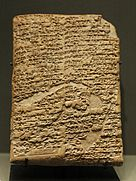
Code of Hammurabi (1754 BC): laws created by the 6th Babylonian King, Hammurabi, to create order in the world. One of these laws severely punishes a builder whose house they have constructed for another collapses.
ArCH-RASoC2014: ArCH added this to the ArCH website in 2014. It is the ONLY architectural Standard of Care presently active, of which we know in the world, since Hammurabi’s time (1754 BC). And this Standard of Care is the Residential Architecture Standard of Care, 2014 edition. For the first time, anywhere, there is a SoC that names what minimum requirements there must be for an agreed-to level of care for residential architects. This SoC is electronically linked to the ArCH-AOA2015 (Architect-Owner Agreement), which defines the SoC we all must take on our projects. Not only this, but it also prevents Attorneys for Clients and other parties from inventing standards of care to which none of us have agreed to, in legal situations. Finally: a SoC for residential architecture. Makes you wonder why other architectural organizations haven’t created a SoC for commercial projects, doesn’t it?
RESIDENTIAL BUILDING CODES: In 2014, ArCH began a current latest published edition listing of residential codes:
https://www.archomes.org/residential-building-codes
ArCH ExComm: The ArCH Executive Committee meets on Skype nearly every Wednesday night at 8:30PM EDT. Any ArCH member in good standing is presently welcome to join the ExComm and receive assignments to handle important issues for our organization. We can make this offer up until we reach 9 or 10 people, then Skype breaks. We typically have from 3 to 6 these days, so you are welcome to join. Become part of the leadership committee running this vital professional organization.

 <
<

